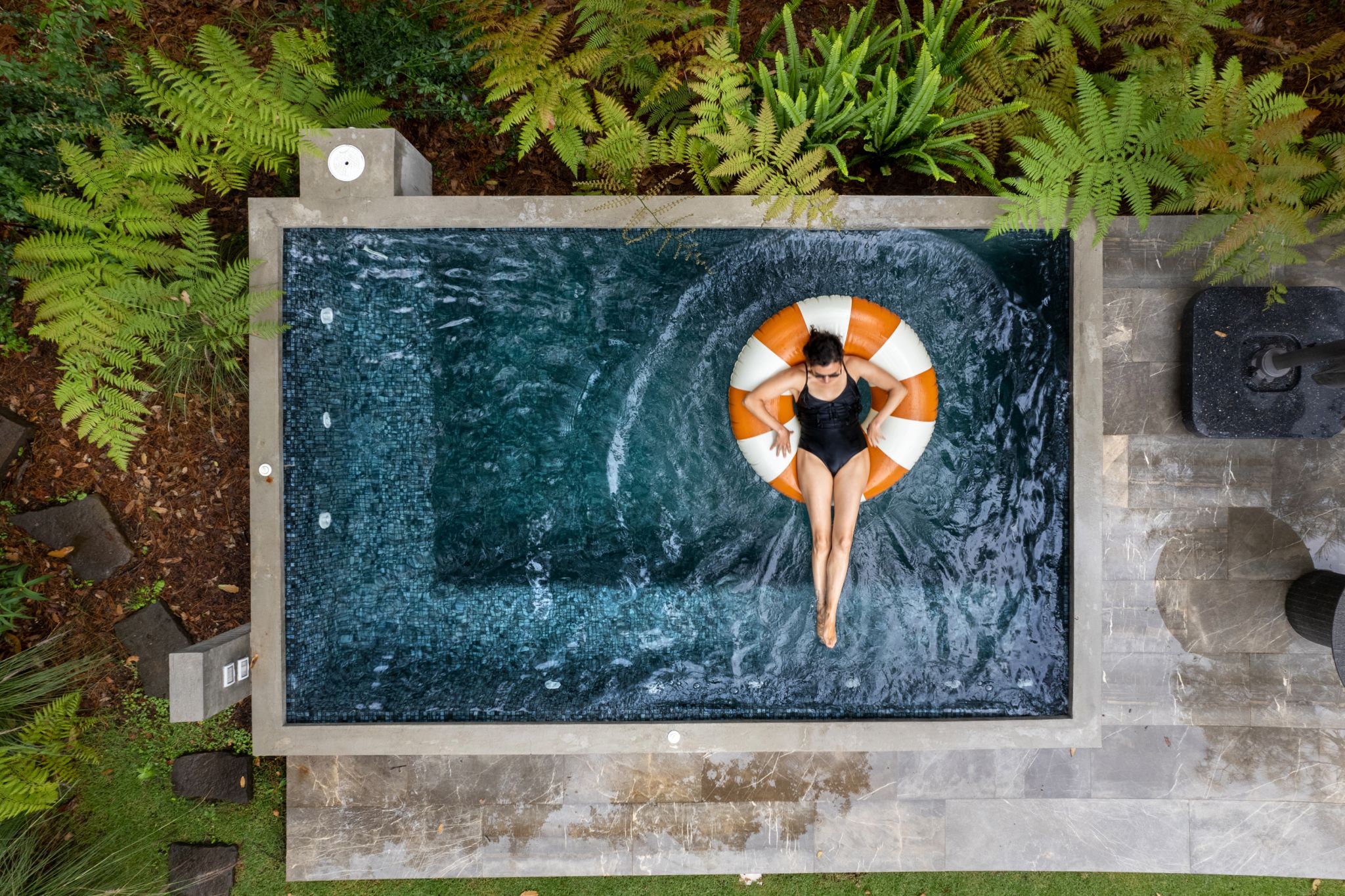Homeowners are looking for every chance they can get to spend time outside, and a dip in the water in your own backyard can add to the appeal. If your yard – or budget – is too small for a swimming pool, you might want to consider a plunge pool. These small, deep pools are perfect for cooling off on hot summer days, practicing hydrotherapy, or unwinding with your favorite beverage. And plunge pools cost are considerably less than a full-on swimming pool.
What Are Plunge Pool Costs?
The average cost to install an in-ground plunge pool is $27,000, and the range is $15,000 to $40,000, according to HomeGuide. Compare that to the cost of adding an in-ground swimming pool, an estimated $90,000, according to the National Association of REALTORS® “Remodeling Impact Report: Outdoor Features.”
Despite the lower cost of plunge pools, you’ll still want to weigh the pros and cons. Are you up for the maintenance costs and landscaping impact, for example? Equally important, you’ll need to see what some of the options cost and where you might save. Here are some of the choices and costs:
Plunge Pool Size and Shape
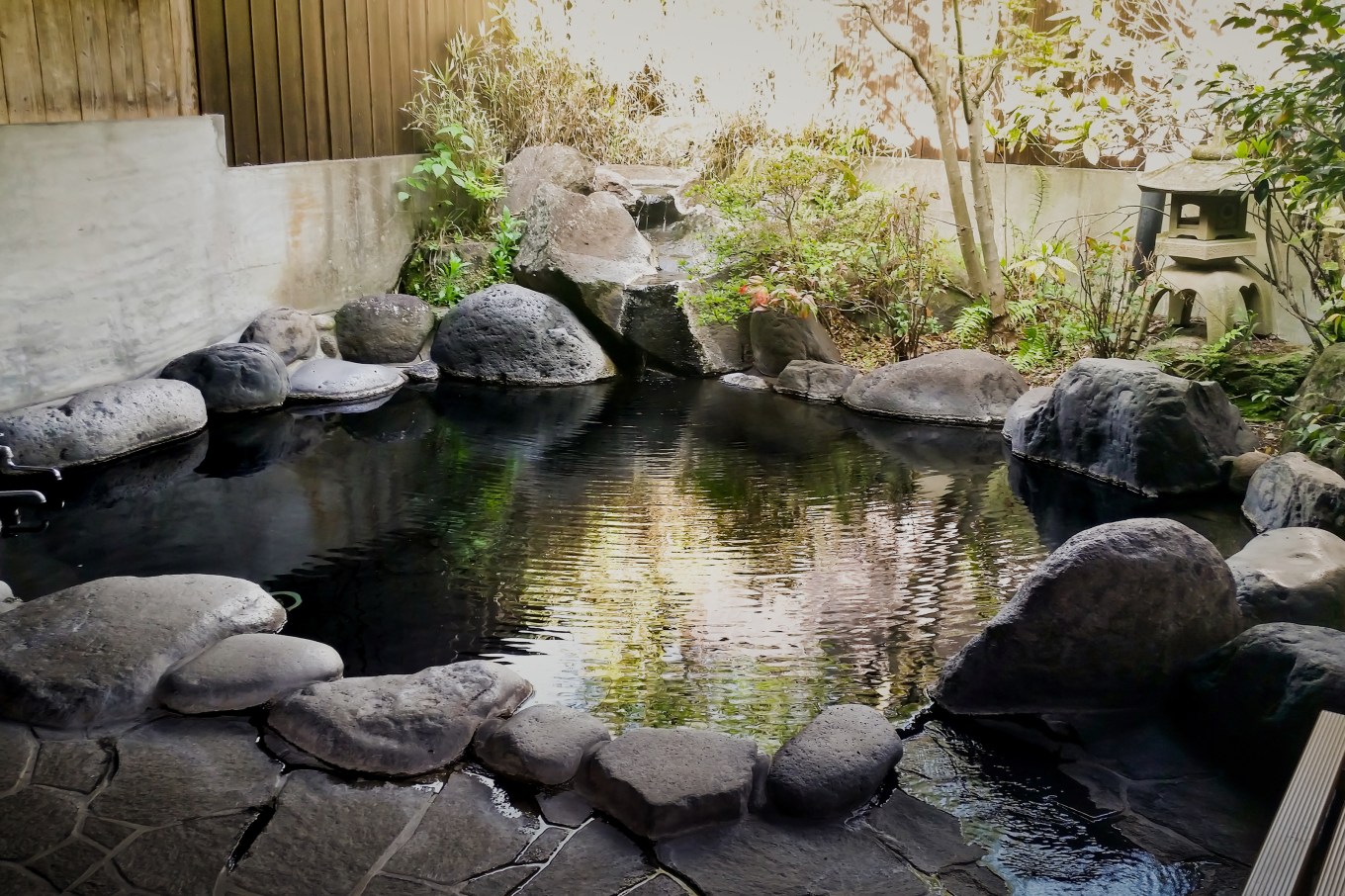
The size and shape of your pool are two critical factors. If you want a large pool that can accommodate multiple people, you'll need a larger budget.
On the other hand, if you're looking for something smaller and more intimate, you may be able to save some money. The shape of your pool will also affect the cost, because certain shapes require more materials.
Plunge Pool Types
The type of plunge pool you choose can be a major factor. Here are the two major types and their costs.
In-Ground Plunge Pools
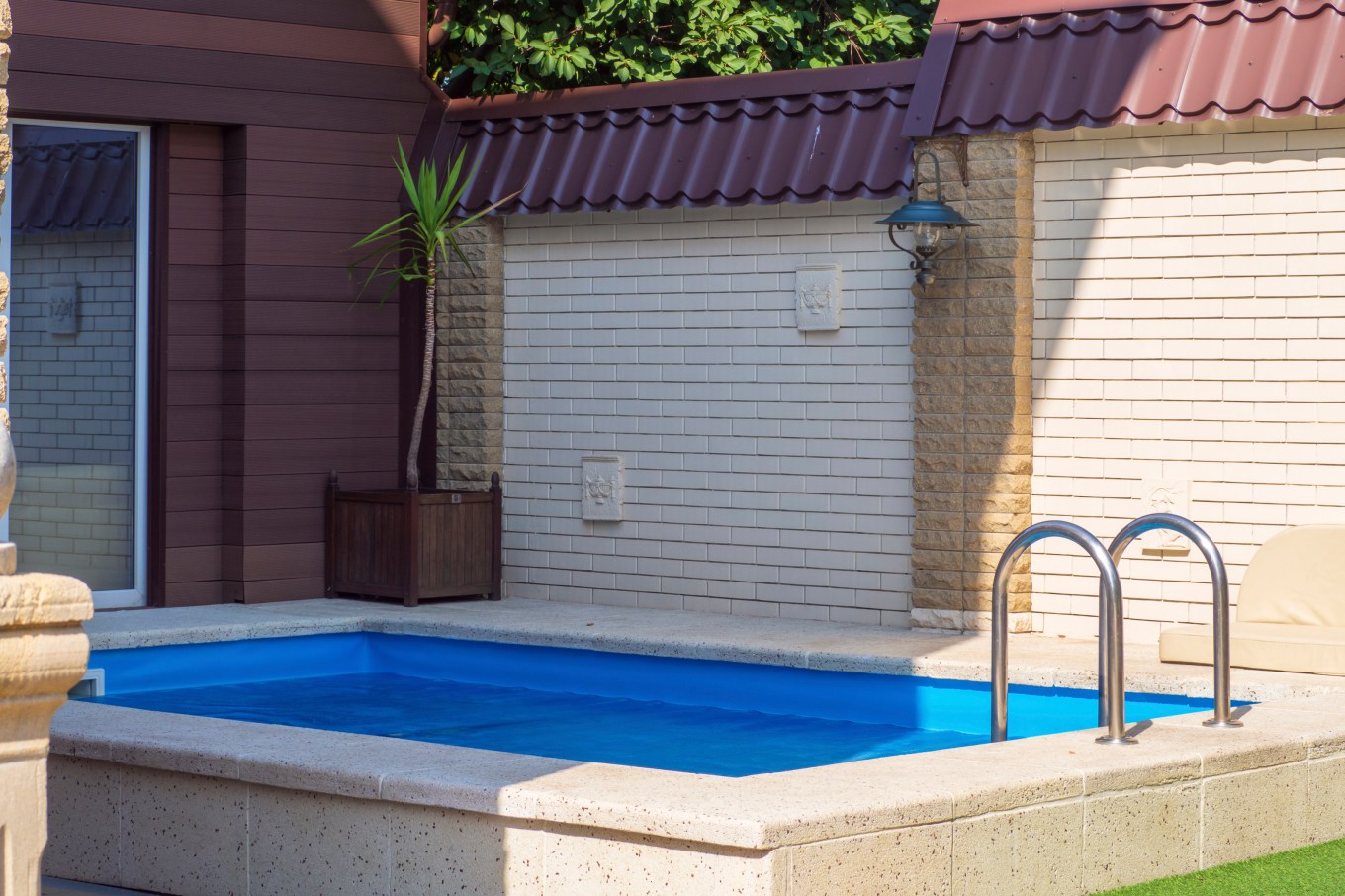
In-ground versions are nestled into the ground, seamlessly blending with your outdoor landscape. Their design allows you to customize the shape, size, and surrounding aesthetics. However, installing them can be labor-intensive and costly because of excavation, as the in-ground cost information mentioned previously shows.
Common materials include concrete, fiberglass, and vinyl. The cost and maintenance requirements for each material will vary.
Above-Ground Plunge Pools
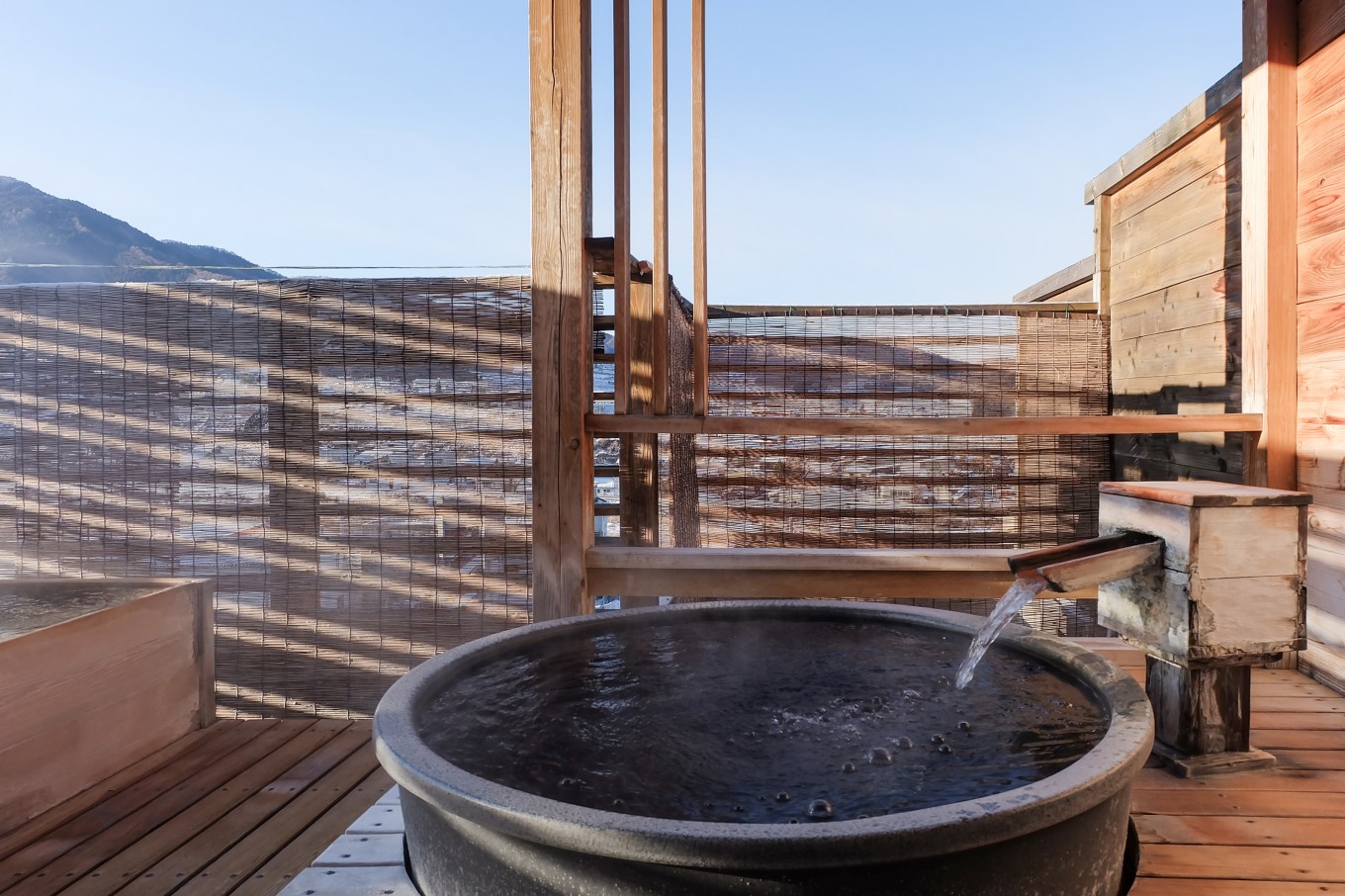
These are relatively cost-effective and can be installed more quickly than in-ground options. They also have the flexibility to be relocated if needed. While they may offer less design freedom than in-ground pools, they’re available in various sizes and shapes to suit your preferences.
Above-ground plunge pools are typically constructed with steel or resin frames and can be paired with attractive decking options. They cost $3,000 to $30,000.
Plunge Pool Materials
Regardless of which type of plunge pool you choose, it’s available in various materials:
Vinyl Plunge Pools
These are known for being affordable and versatile in size and shape. The pool structure can be framed with steel or polymer walls and lined with vinyl. While they might be budget-friendly, the liner needs to be replaced periodically.
These types may be less expensive, with costs ranging from $10,000 to $18,000.
Concrete Plunge Pools
If durability and customization top your list, consider a concrete plunge pool. It can be tailored to your design preferences and built to withstand time and the elements. This type is also durable but often comes with a higher price tag of $10,000 to $22,000.
They generally cost less than fiberglass and could require more maintenance over time, which may increase the cost.
Fiberglass Plunge Pools
They're known for their smooth, easy-to-maintain surface. They come as premolded shells, which makes installation relatively quick. While customization might be limited, this option is known for longevity. Fiberglass may cost $20,000 to $35,000 plus.
Other Plunge Pool Costs
When deciding whether to install a plunge pool or budgeting for one, plan for costs related to the following areas:
Location
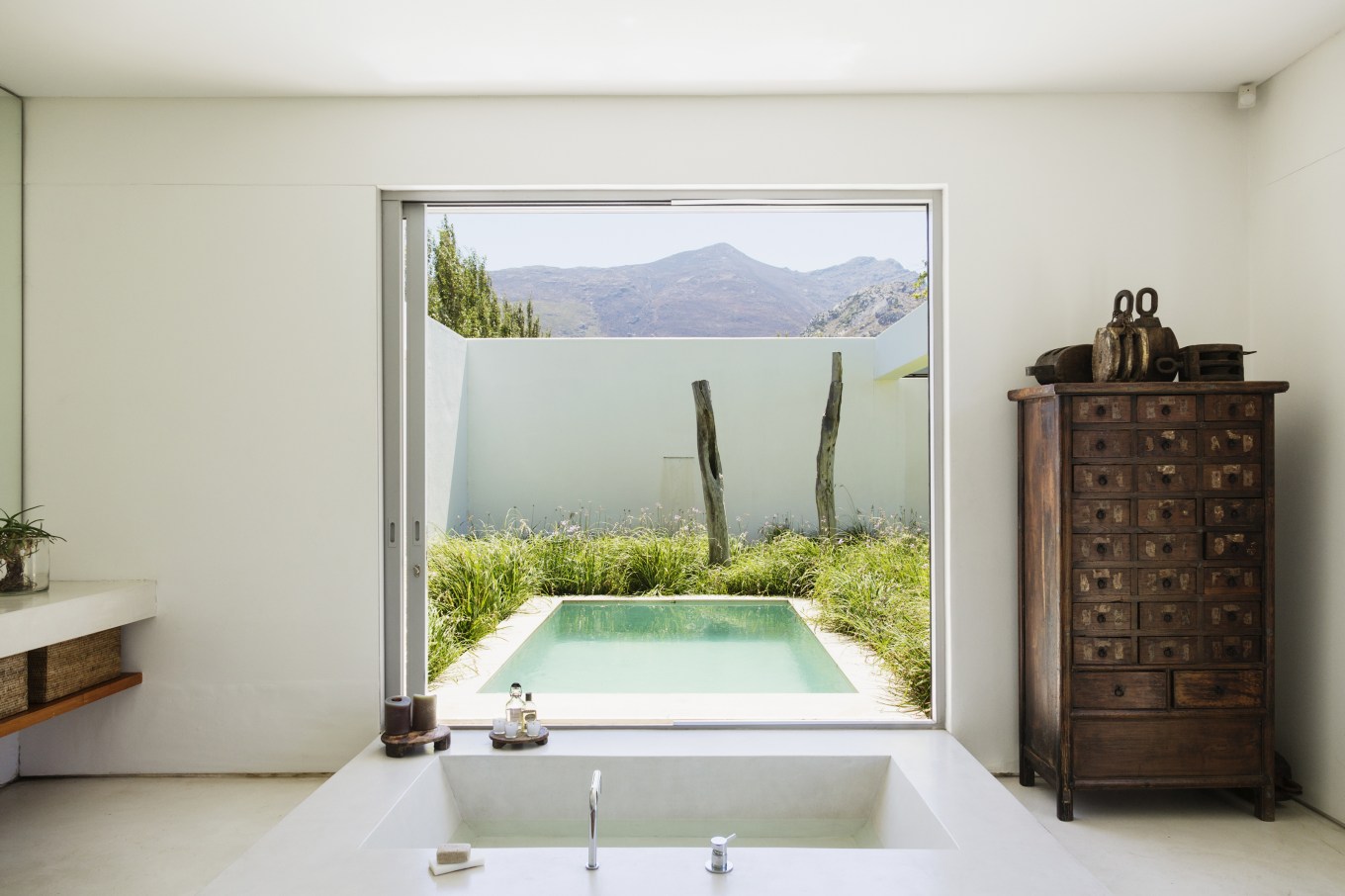
Where you install your plunge pool will influence costs. For example, difficult terrain in certain locations may require additional materials or labor. Other challenges may include proximity to power lines or underground utilities that need special consideration during installation.
Maintenance
Get ready for regular upkeep — cleaning out debris from filters/skimmers and maintaining proper chemical levels for optimal pH balance in the water. Also, regular maintenance includes the cost of periodic inspections by qualified professionals. Maintenance may cost $3,000 to $5,000 per year.
Safety Equipment
Plan for all necessary safety equipment, like ladders, steps, and pool safety fences, in the initial installation plans. Safety should always be top of mind when installing any type of swimming facility — particularly one intended for use by children.
Temperature Control
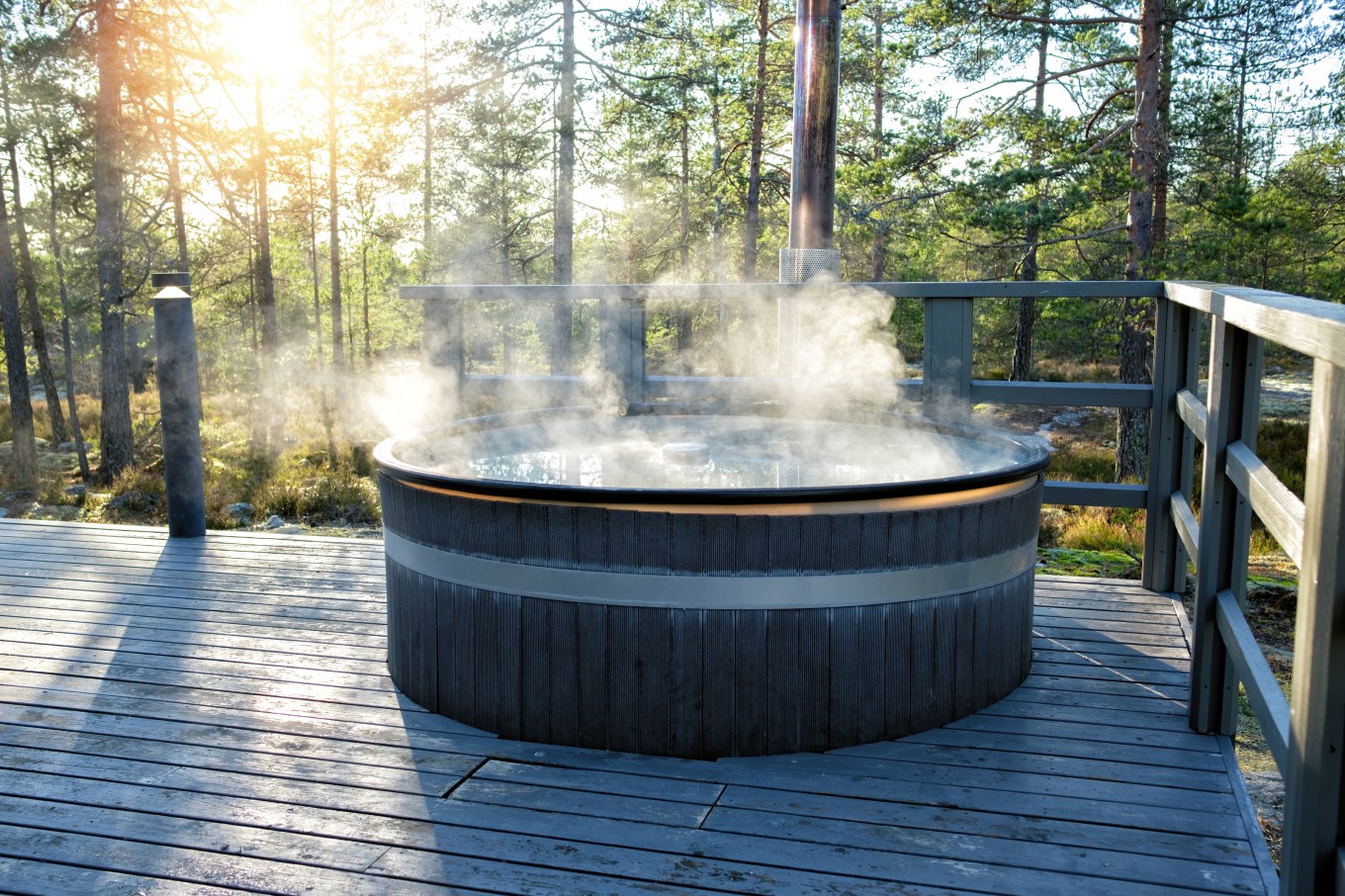
If you plan on using your plunge pool during colder months, you may want to invest in heating systems or covers. Although this could provide extra year-round comfort, it could also add $1,000 to $4,000 to the cost.
Tax Impact
Before installing a plunge pool, check with your local municipality about any property taxes that may apply after installation is completed. Depending on where you live, these taxes could significantly increase overall costs.
Noncompliance Fines
Pre-installation, you should also check with local authorities for any permits or regulations for the construction and use of the pool in your area. This should help you do the work according to code and prevent noncompliance fines.
You do have control over some plunge pool costs, such as the size, shape, type, and location. So, even with a smaller budget, it’s possible to install a version that makes a splash with your family. Do your research, seek expert advice, and compare vendor quotes to maximize your savings.
